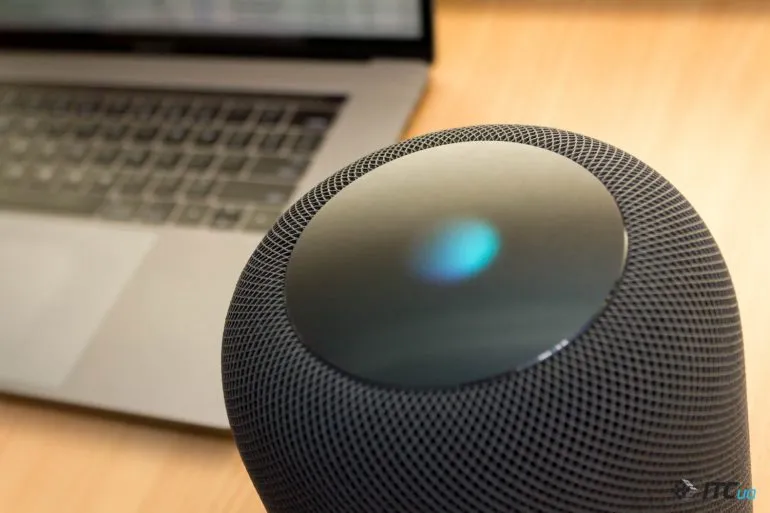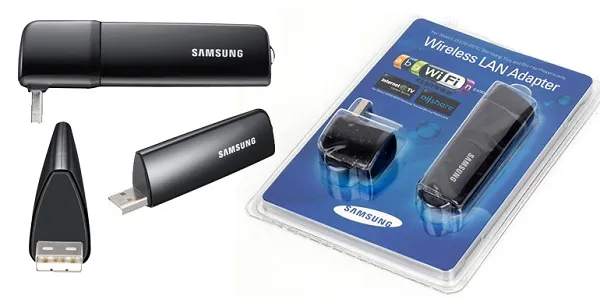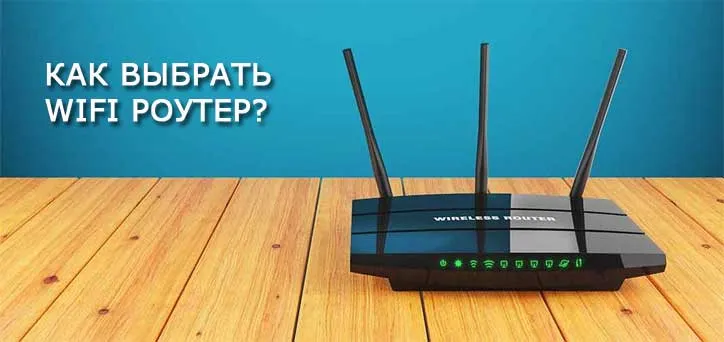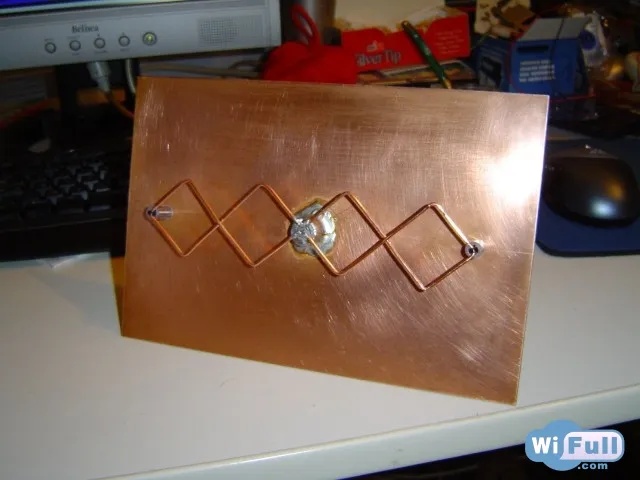Wi-Fi adapter for computer
The idea of transmitting data over the air, i.e. through a wireless connection is not as new as it seems. Any modern user will tell you that there should be less wires in his house (or office) and more connection speed and signal power. How to achieve this? You do not have to buy a new laptop or computer, when the old one copes with its functions perfectly? And in their basic and budget versions there are no wireless modules. And of course there is a way out: the use of special receivers for PCs.
Today on the market there are many such modules, they differ both in technical characteristics (range, speed) and interface connection, and price category. With all this, the price of the Wi-Fi adapter will not necessarily depend on the capacity of the devices, sometimes it is affected by the brand promotion and popularity of the model, but we will talk about this later. Let's define the choice of the model.
Select the adapter by interface
There are three most popular types of interfaces:
- USB (external or mobile) - the most common type of connection and basically the most convenient: the receiver is easy to plug into a USB-connector of the system unit, if necessary, you can quickly remove and reinstall it in a laptop (we get the effect 2 in 1). Externally the module looks like a stick with an antenna, so you can not confuse it with anything. Of the disadvantages: not always a great transmission power, a decent price. The optimal variant for laptops.
- PCI (stationary) - the type of adapter that is installed on the motherboard and exactly for its interface. That is the disadvantage of using such modules: it is necessary to open the system unit, to deal with the slots and the interface of the motherboard through special programs. But there is a positive side: high data transfer rate, more reasonable prices.
- PCI - Express (stationary, internal) - is also installed on the computer motherboard (in a special PCI Express slot). Disadvantages: the need to open the lid of the PC, the inability to quickly disconnect. On the plus side it does not stick out of the system unit.
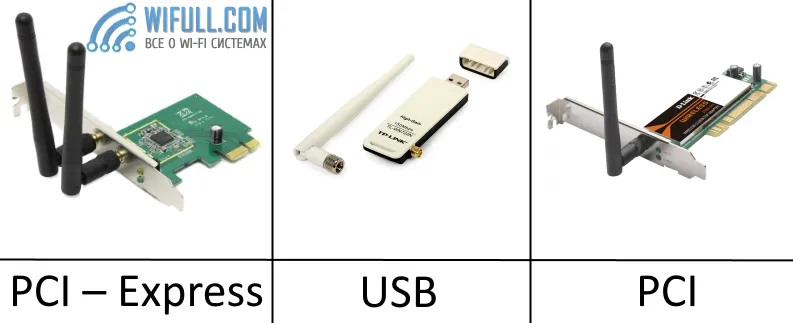
As to the technical characteristics, there are no differences between USB, PCI and PCI Express.
Pick a Wi-Fi adapter on the technical characteristics
The second point you should pay attention to when buying an adapter, a data transfer rate. It depends on the standards on which the module works. We will not "bore" you with unnecessary terminology, but it should be noted that there are several such standards, but the main three, and, accordingly, there are enough speed variations (from 54 Mbit / sec. up to 6.77 Gbit ⁄ sec.).The productivity of Wi-Fi receivers also depends on the built-in software, installed capacity and range, the quality of board materials and microchips, etc.
How to connect a Wi-Fi adapter to the computer
There's nothing complicated: connect the device to a PC or laptop (in the USB-port or on the motherboard), install drivers and software from the disc (or from the Internet from the manufacturer's official site). Go the following way: "Control Panel" - "Network and Sharing Center" - "Wireless Network Management" - "Add" - "Manual connection to the wireless network" - "Create computer-to-computer network" - fill in the field Network name, Security Type (WEP), Security Key (access password). Done!When selecting a good Wi-Fi adapter, you should pay special attention to its technical characteristics and connection type. In general, any manufacturer of network equipment has its own line of such Wi-Fi devices. Their choice is vast and it is always up to you, and we sincerely hope that we have helped you to understand all the intricacies and nuances of this issue. We assure you that with the purchase of Wi-fi module you will successfully get rid of the interfering wires and significantly improve the quality of your connection.


